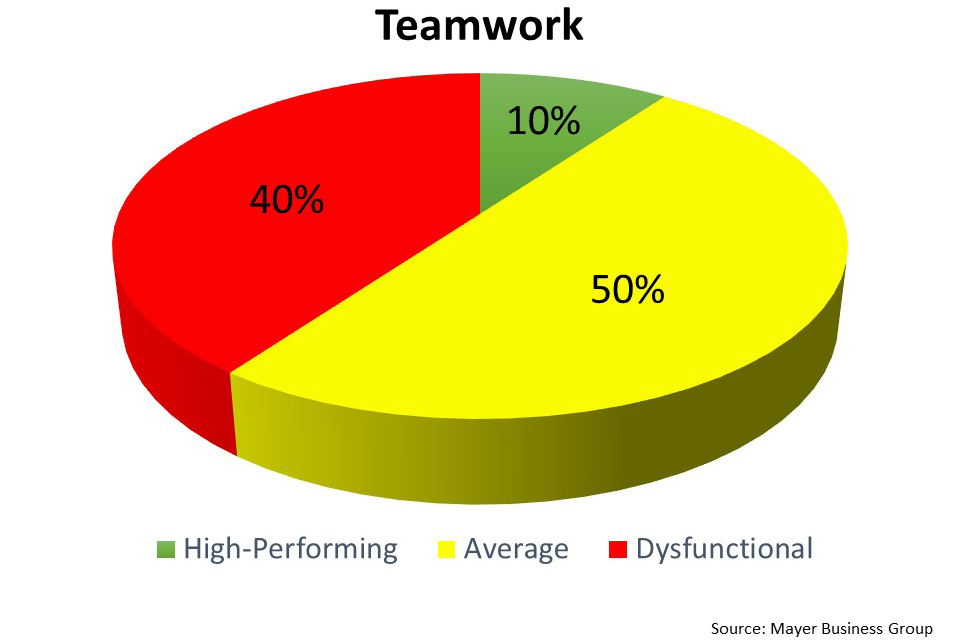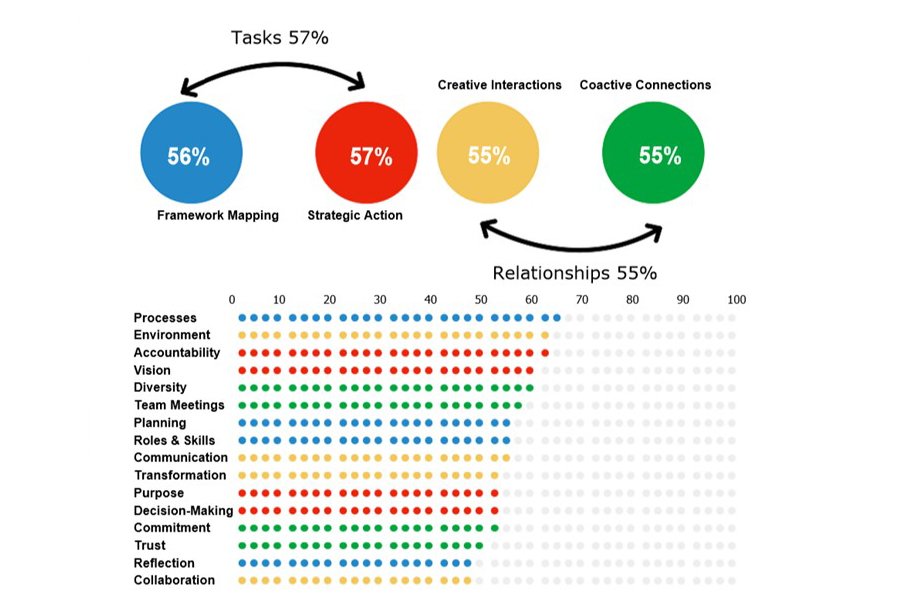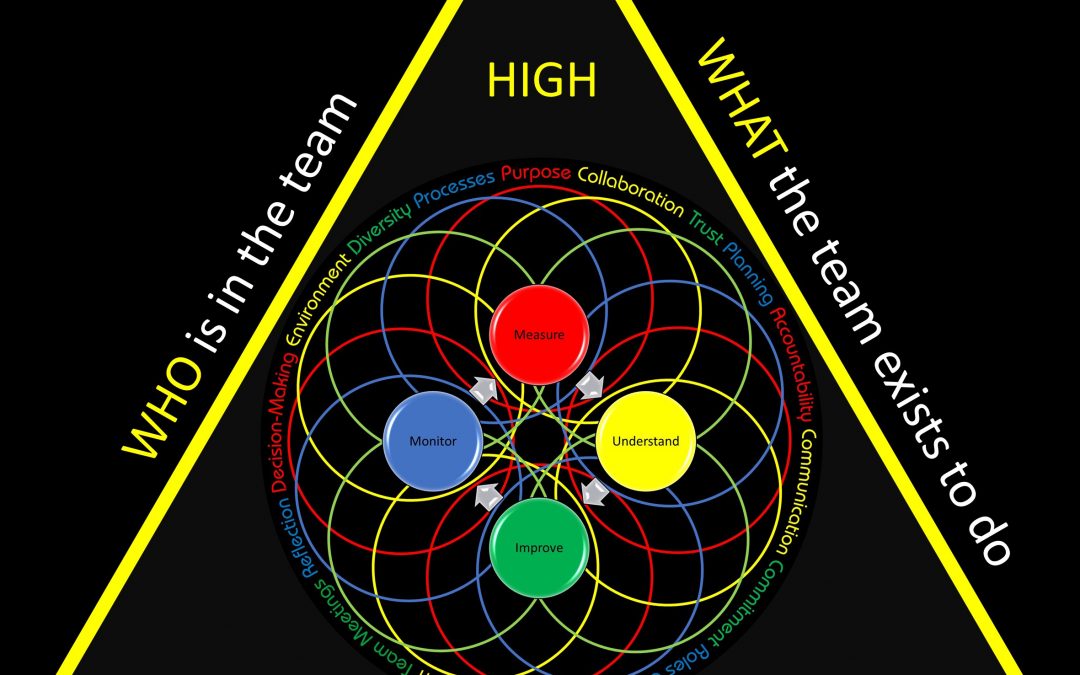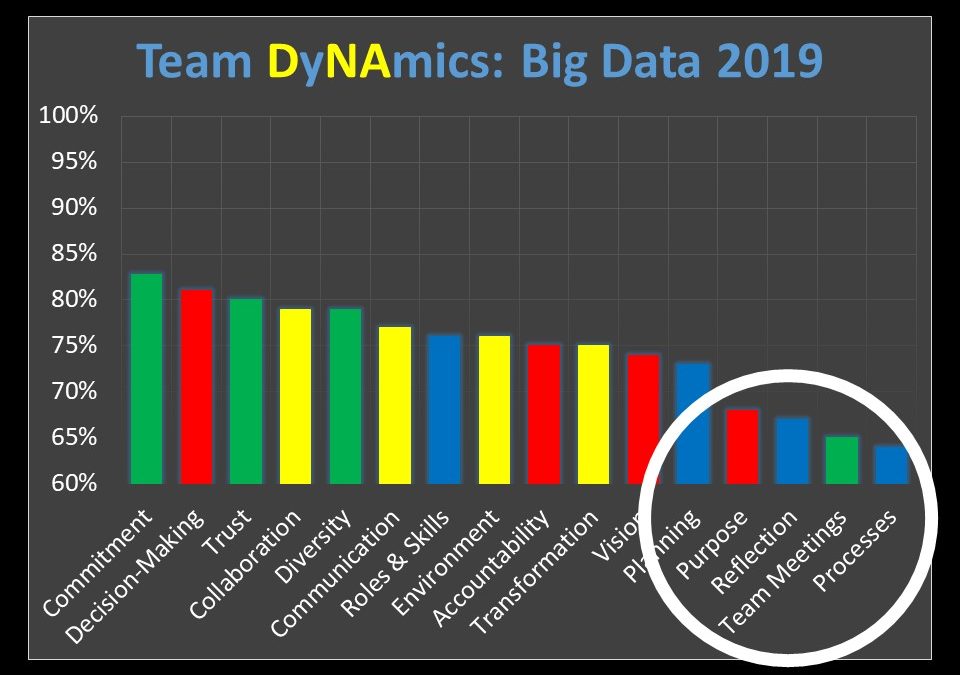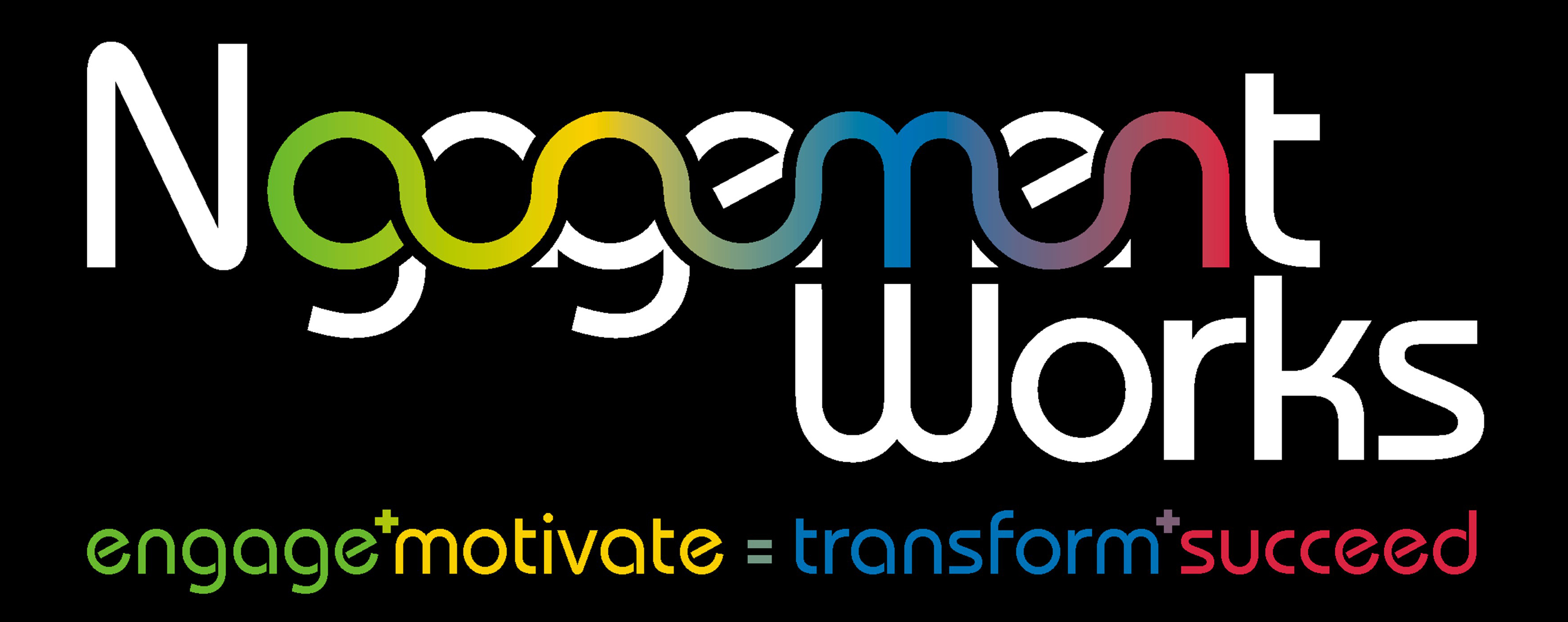8 Out Of 10 Teams Don’t Measure The Effectiveness Of Their Teamwork!
If you’re like the majority of people who work in a team, you probably won’t be able to answer that question definitively, with measured data and information. You may have a gut feel as to whether your team is performing OK or there is room for improvement, however, it is often just that, a gut feel.
40% Of Teams Are Dysfunctional!
Research completed by the Meyer Business Group, found that as little as 10% of teams are highly effective, 50% are average and frighteningly, 40% are dysfunctional. And in these times of political and economic uncertainty, austerity cuts and having to achieve more with less resources, it is paramount that your teamwork is as effective as possible.
Whilst organisations invest considerable amounts of time, effort and money on undertaking regular Employee Engagement Surveys, as they provide excellent information about the overall wellbeing of the organisational culture, very few focus on understanding engagement at the most important level, that of the team.
However, if team engagement is overlooked, it can not only have a negative impact on the team, but also have a knock-on effect on employee engagement.
So, if you and your team are to achieve your team objectives, meet your responsibilities and work at an optimum level as a team, it’s vital for you and your team colleagues, to understand what is working well and not so well in your team, so you can celebrate and continue to do the things you do well and discuss and implement practical solution, to amend those things that are not going so well.
“People don’t stress about going back to work on a Monday morning because their organisation’s wellbeing package isn’t that great, they worry because they may be part of a dysfunctional team with bad feeling amongst team members.”
So what should you be measuring, to understand how effective your teamwork is?
Well, there are 16 key areas that are important, if you and your team are to achieve high-performance.
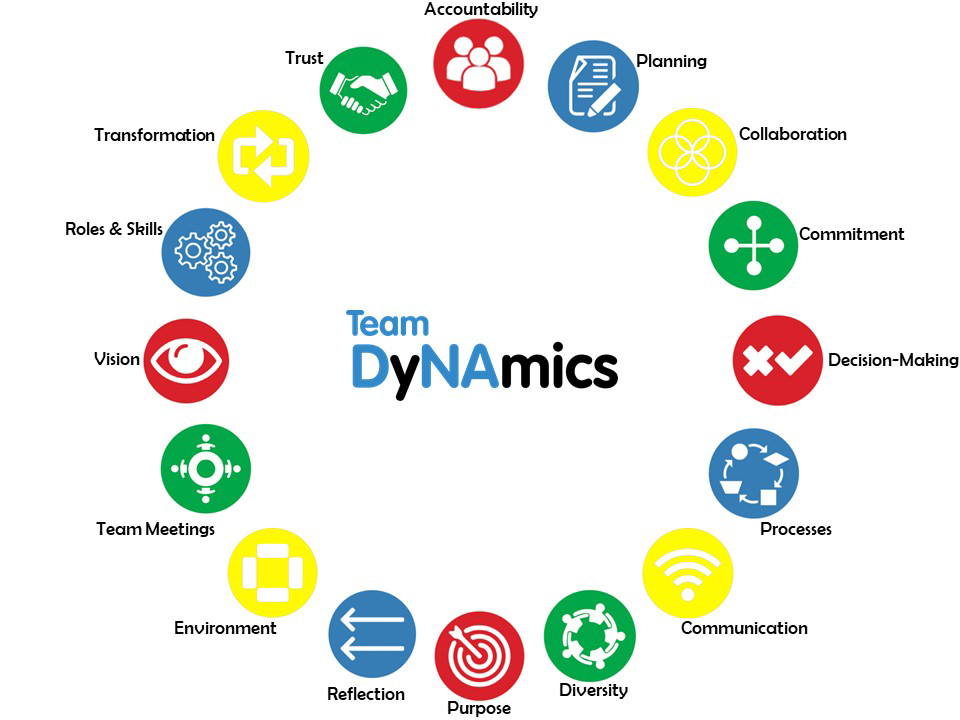
These 16 Elements are a mixture of task-related and relationship-related and when measured, enable you and your team to evaluate what is working well and not working well.
Team DyNAmics was an obvious complementary tool, alongside the Clarity4D profiles, to provide us with an understanding of how effectively we were working together as a team. The model enabled individuals in the team, to provide honest, anonymous feedback on how they perceived the team was working, in 16 key areas, important if you are looking to achieve high-performance teamwork. Graham Prisk, Managing Director, Rame Consulting.
What are the benefits of measuring the effectiveness of your team?
- It provides leaders and teams with data about how the team perceives the effectiveness of their teamwork is.
- Using this data, strengths can be identified and continued to be used by the team.
- Challenges can be highlighted and the team can discuss and agree practical solutions to implement, to overcome them.
- It may highlight issues beyond the scope of the team to change, that need to be escalated to a different part of the organisation, that has responsibility in a particular area i.e. planning.
- Re-measurement can be scheduled, with the initial results, being used as a benchmark, to understand what has changed.
- The team own their teamwork performance and are more likely to commit to working differently to enhance their effectiveness.
